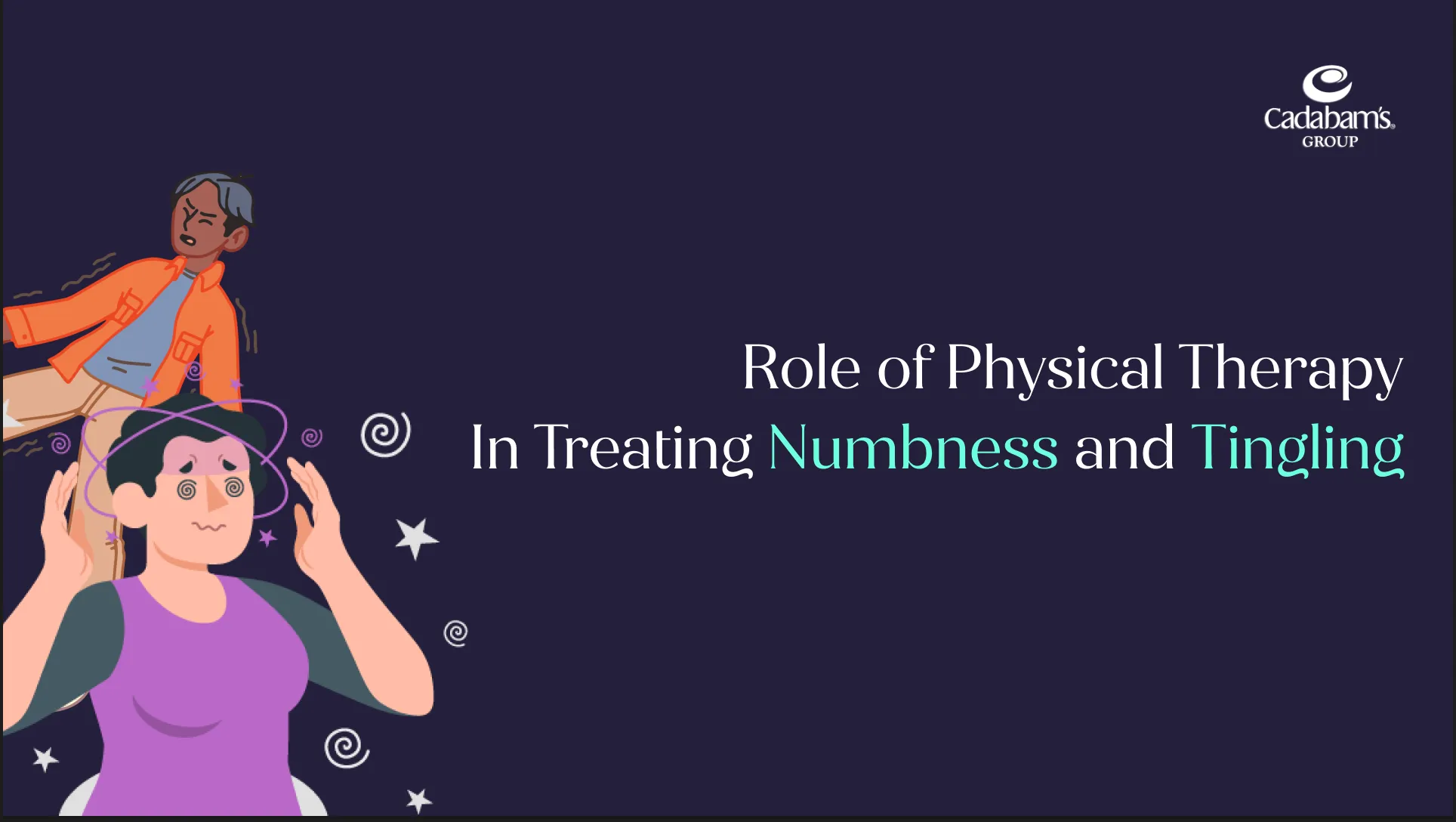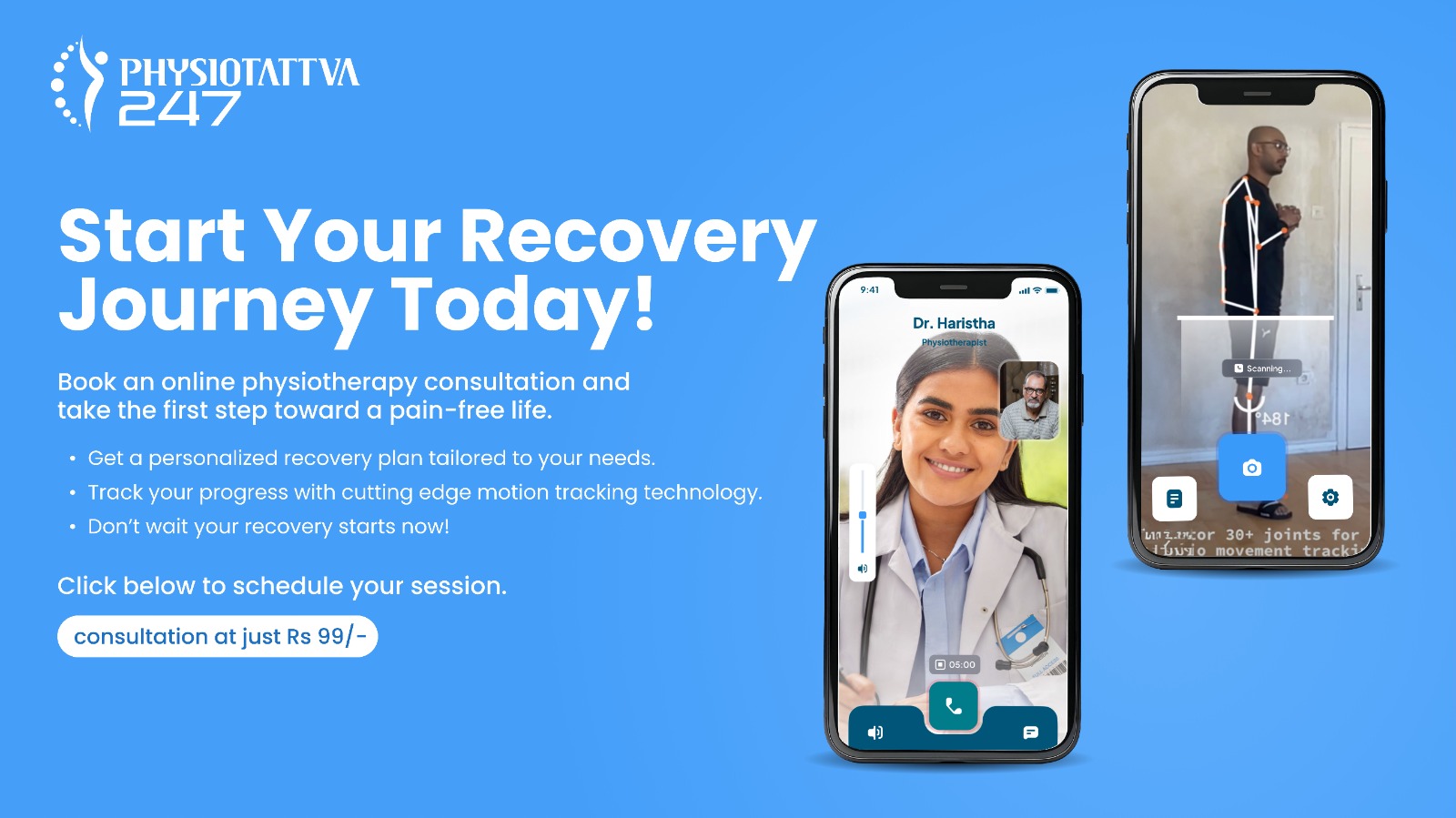What is Traction Therapy?
Traction therapy is a physiotherapy technique that involves applying gentle, controlled force to stretch and decompress the spine or joints. This process helps reduce pressure on spinal discs and nerves, alleviating pain and improving mobility. It can be applied manually or using mechanical devices, depending on the individual’s condition. Often recommended for issues like herniated discs, sciatica, or chronic back pain, traction therapy aims to restore alignment, ease discomfort, and support natural healing without surgery.
Types of Traction Therapy
Traction therapy can be applied to the cervical, thoracic, or lumbar spine and is commonly used in physiotherapy to treat conditions like herniated discs, sciatica, and degenerative disc disease. It works by relieving pressure on spinal structures and promoting alignment and mobility. Based on the method and equipment used, the main types include:
1. Manual Traction
- In manual traction, a trained physical therapist uses their hands to apply controlled force to stretch the spine or joints.
- The therapist positions the patient and carefully manipulates the spine to relieve pressure between vertebrae.
- It is typically used for acute cases and allows real-time adjustments based on the patient’s feedback.
- This type is especially effective for cervical traction and early-phase rehabilitation.
2. Mechanical Traction
- Mechanical traction uses devices such as traction tables, pulleys, or harnesses to apply sustained or intermittent stretching.
- It allows for more consistent force and is often used for lumbar or cervical traction.
- Devices may incorporate vibration, heat, or massage to enhance the therapeutic effect.
- Patients may lie in a supine or prone position depending on the targeted area.
3. Auto-Traction
- In this method, the patient controls the traction force by positioning their body on a specially designed table or frame.
- It is often used in rehabilitation settings to give patients autonomy and prevent overexertion.
- Auto-traction is particularly useful for patients with recurring back issues.
4. Positional Traction
- Positional traction involves placing the patient in specific postures using pillows, wedges, or bolsters to stretch targeted spinal segments.
- This type is gentle and commonly used in the early stages of recovery or with elderly patients.
5. Inversion Traction
- Inversion traction uses gravity to decompress the spine. Patients lie on an inversion table tilted to a specific angle, letting gravity gently stretch the spine.
- While effective for some, it is not suitable for individuals with high blood pressure, glaucoma, or cardiovascular issues.
Note: At Physiotattva, our specialists assess your condition to recommend the most appropriate form of traction therapy, ensuring it's customised to your comfort, spinal health goals, and safety.
Risks of Traction Therapy
While traction therapy is generally considered safe and non-invasive, some individuals may experience temporary side effects during or shortly after treatment. It's important to undergo therapy under the supervision of trained professionals to minimise these risks.
- Muscle spasms: Some patients may experience mild to moderate muscle spasms as the muscles adjust to changes in spinal alignment and decompression.
- Increased pain or soreness: Localised discomfort or pain may arise after the session, especially if excessive force is applied or if the muscles are already inflamed.
- Headaches or dizziness: Particularly common after cervical traction, especially if the neck muscles are sensitive or if blood flow is affected during positioning.
- Nerve irritation: In rare cases, improper application of traction can aggravate a nerve root, leading to tingling, numbness, or shooting pain.
- Joint discomfort: Some individuals may feel stiffness or pressure in the facet joints of the spine after traction sessions.
- Cardiovascular strain: In individuals with uncontrolled high blood pressure or heart conditions, certain traction positions may pose a risk—this is why pre-assessment is vital.
- Temporary nausea: Especially after inversion traction or cervical traction, due to changes in blood pressure or body orientation.
If any of these symptoms persist or worsen, it’s important to consult your physiotherapist. A personalised approach, like the one followed at Physiotattva, helps reduce these risks by tailoring traction intensity and duration to your specific condition.
Benefits of Traction Therapy
Traction therapy is a widely used non-invasive treatment that helps manage chronic spinal discomfort, stiffness, and nerve compression. Whether it’s part of a traction physiotherapy plan or standalone, the technique is effective in restoring mobility and reducing reliance on medication or surgery. Here’s how it helps:
Muscle Relaxation
When the spine is misaligned, surrounding muscles are forced to compensate, leading to chronic tension. Traction therapy gently stretches these structures, allowing the muscles to relax, reducing spasms, and improving overall flexibility. This is especially useful in manual traction techniques.
Pain Relief
By decompressing the spine, traction treatment relieves pressure on nerves and discs, particularly in the lumbar and cervical areas. This helps reduce pain from herniated discs, sciatica, and pinched nerves. Improved blood circulation accelerates healing and tissue repair.
Avoidance of Surgery
For individuals dealing with degenerative spinal conditions or disc bulges, traction lumbar techniques can prevent the need for surgical intervention. Regular sessions of spine traction can correct alignment issues and manage symptoms non-surgically.
Promotes Overall Healing
By enhancing nutrient flow and reducing inflammation, traction physiotherapy supports the body’s natural healing processes. It facilitates disc rehydration and helps restore structural balance across the spinal column.
Complements Other Therapies
Traction therapy integrates seamlessly with other physiotherapy treatments like heat therapy, ultrasound, and stretching routines. Used together, these approaches enhance therapeutic outcomes and long-term spinal health.
The entire process is minimally invasive. But you can experience the benefits only when you undergo the procedure with under-skilled practitioners who have sufficient experience and knowledge to perform the mechanical or manual treatments.
What Conditions Can Be Treated with Traction Therapy?
Traction therapy is commonly used to manage a range of spinal and musculoskeletal issues by reducing compression, improving alignment, and relieving pain. It is especially effective when integrated into a structured traction physiotherapy program. Conditions that benefit from traction include:
- Herniated or Bulging Discs: Helps reduce disc protrusion and nerve compression by decompressing spinal structures.
- Sciatica: Alleviates pressure on the sciatic nerve, reducing pain radiating through the leg.
- Degenerative Disc Disease: Eases chronic disc-related back pain and improves spinal flexibility.
- Facet Joint Dysfunction: Relieves stiffness and improves joint mobility in the spinal vertebrae.
- Pinched Nerves and Spinal Stenosis: Expands spinal spaces to reduce nerve impingement and inflammation.
Contraindications: Who Should Avoid Traction Therapy?
While traction therapy is safe for most, it may not be suitable for individuals with certain medical conditions or structural risks. A detailed assessment is essential before starting any traction treatment. Contraindications include:
- Osteoporosis or Osteomyelitis: Fragile or infected bones can worsen under traction force.
- Spinal Fractures: Stretching an unstable spine can lead to further injury.
- Tumours or Bone Cancer: Traction may aggravate metastases or lead to pathological fractures.
- Cardiac or Pulmonary Conditions: Certain positions during therapy can strain heart or lung function.
- Advanced Arthritis or Inflammatory Diseases: These may increase the risk of joint damage during traction.
Exercises for Traction Therapy
Combining targeted exercises with traction therapy can significantly enhance its effectiveness. These exercises not only support spinal decompression but also improve posture, flexibility, and muscular strength, key elements for long-term recovery. Tailored routines can address the cervical, thoracic, or lumbar regions, depending on the area treated. Below are common traction physiotherapy exercises often prescribed alongside or after sessions:
• Neck exercises:These include isometric stretches and gentle range-of-motion movements targeting the cervical spine, shoulders, and upper back. They help release tension, increase mobility, and stabilise the neck after manual traction or cervical traction sessions.;
• Back exercises: Focus on lumbar extension and flexion stretches, bridging, and pelvic tilts. These exercises relieve pressure from the lower spine and support lumbar traction outcomes by strengthening core and back extensor muscles.;
• Core exercises: Involve movements like bird-dogs, abdominal bracing, and planks that improve spinal support and alignment. A strong core reduces the load on spinal structures, enhancing the benefits of spine traction.;
• Strengthening exercises: Target the deeper muscles of the back, including the paraspinal muscles and quadratus lumborum, which are essential for maintaining spinal stability after traction treatment.;
• Balance exercises: Activities like single-leg stands, heel-to-toe walking, or simple yoga poses help improve proprioception and prevent falls, especially important when traction has corrected misalignments affecting posture or gait.
These exercises should be performed under the supervision of a physical therapist or certified exercise specialist, who can ensure that the exercises are being performed correctly and safely.
How to Prepare for Traction Therapy
Proper preparation ensures that your traction therapy sessions are safe, comfortable, and effective. Here are the key steps to follow before beginning your treatment:
- Consult with a qualified physiotherapist or physician: A thorough evaluation is essential to determine if traction therapy is suitable for your condition. Share your medical history, current symptoms, and any underlying conditions to ensure the treatment is safe.
- Understand the treatment plan: Clarify whether you’ll be undergoing manual traction, mechanical traction, or another form. Ask about the expected duration, frequency, and goals of the therapy.
- Follow pre-therapy instructions: You may be asked to avoid heavy meals or vigorous activity before your session. Wearing comfortable clothing that allows free movement and access to your spine or neck is also advisable.
- Perform recommended warm-up exercises: Some physiotherapists may suggest light stretches or mobility exercises before traction begins. These can help prime your muscles and reduce discomfort.
- Communicate pain levels and concerns: If you have any fear, pain, or discomfort going into treatment, let your therapist know in advance. Open communication ensures the session is adjusted to your comfort level.
- Bring relevant diagnostic reports if available: If you’ve had X-rays, MRIs, or prior spine evaluations, carry them along. This can help the therapist tailor your traction treatment more effectively.
What Does Traction Therapy Feel Like?
During traction therapy, you may feel a gentle pulling or stretching sensation along your spine or neck. The process is typically painless and often described as relieving or relaxing. Some patients experience mild soreness post-session, which subsides quickly. The therapist ensures your comfort throughout, adjusting the force or technique as needed for safety and effectiveness, especially in spine traction or traction physiotherapy sessions.
How Many Sessions of Traction Therapy Will a Patient Need?
The number of traction therapy sessions varies based on your condition, severity, and response to treatment. Most patients begin with 2–3 sessions per week, with a full course lasting 4–6 weeks. Your physiotherapist will assess your progress regularly and may adjust the frequency. Chronic conditions like herniated discs or sciatica may require ongoing sessions, while acute issues might resolve sooner with traction physiotherapy.
What Can You Expect After Traction Therapy?
After undergoing traction therapy, most patients notice gradual yet meaningful improvements in both comfort and mobility. Here’s what you can typically expect:
- Pain Relief: Traction reduces pressure on spinal discs and nerves, helping alleviate persistent pain caused by misalignment or disc compression.
- Improved Posture: With better spinal alignment, your posture naturally improves, reducing strain on surrounding muscles and joints.
- Joint and Nerve Decompression: The therapy eases tension on compressed nerves and joints, which can improve sensation and reduce inflammation.
- Enhanced Flexibility and Strength: By gently stretching bones and muscles, traction supports improved flexibility and helps strengthen the spine against daily physical stress.
These benefits often continue to build over a series of sessions, especially when combined with exercises or other physiotherapy modalities.
Related Therapies That Complement Traction Treatment
Traction therapy often works best when combined with other physiotherapy modalities, especially for conditions like herniated discs, nerve compression, or spinal misalignments. At Physiotattva, such integrative care is commonly recommended to enhance outcomes and support long-term recovery. Complementary treatments may include:
By combining traction therapy with the right supportive techniques, patients can experience more consistent pain relief and restore function faster, reducing the likelihood of recurrence. Each therapy plan is tailored to individual needs based on clinical evaluation.
Struggling with Spine or Neck Pain? Discover Lasting Relief with Traction Therapy at Physiotattva
Traction therapy at Physiotattva offers a non-invasive solution for individuals dealing with chronic back, neck, or spinal discomfort. Our experienced team tailors treatment plans using advanced traction techniques to reduce pressure on your spine, restore mobility, and improve quality of life. Whether used alone or combined with physiotherapy, this approach promotes long-term healing. Take the next step toward pain relief; consult our experts to see if traction therapy is right for you.
At Physiotattva physiotherapy clinics in Bangalore and Hyderabad, you receive personalised care tailored to your specific needs, ensuring effective results and comfort throughout your journey to recovery.
Don’t wait to start your recovery! Get in touch with Physiotattva for more details! Contact us at +91 89510 47001.




-Physiotherapy.webp)
-for-Shoulder-Pain-Relief.webp)
-for-Knee-Pain-Relief.webp)


-for-Back-Pain-Relief%20(1).webp)





.webp)











.webp)


.webp)
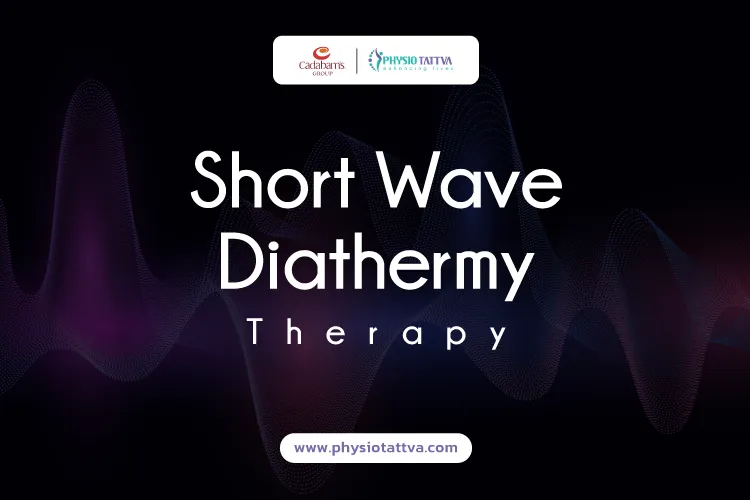
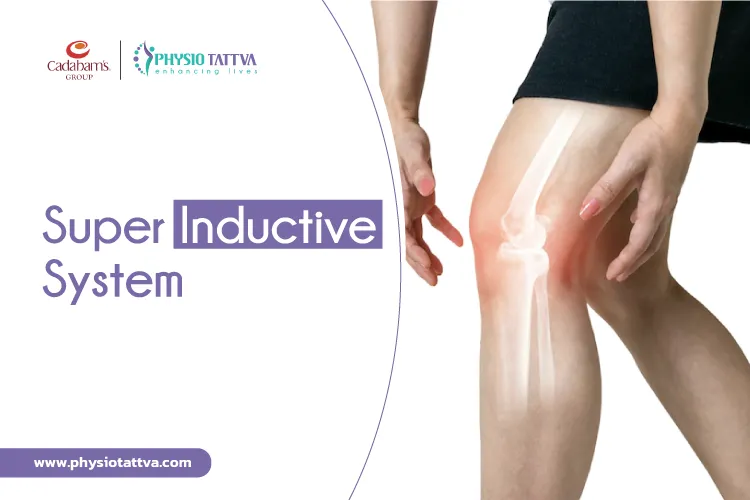
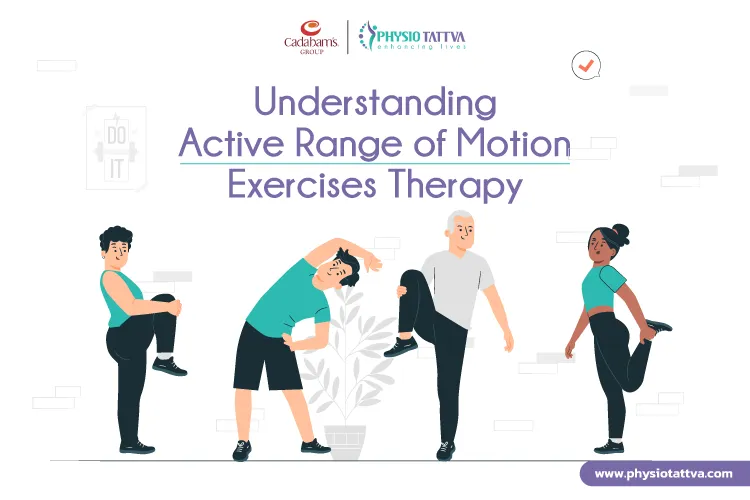


.webp)
.webp)

.webp)
.webp)

.webp)
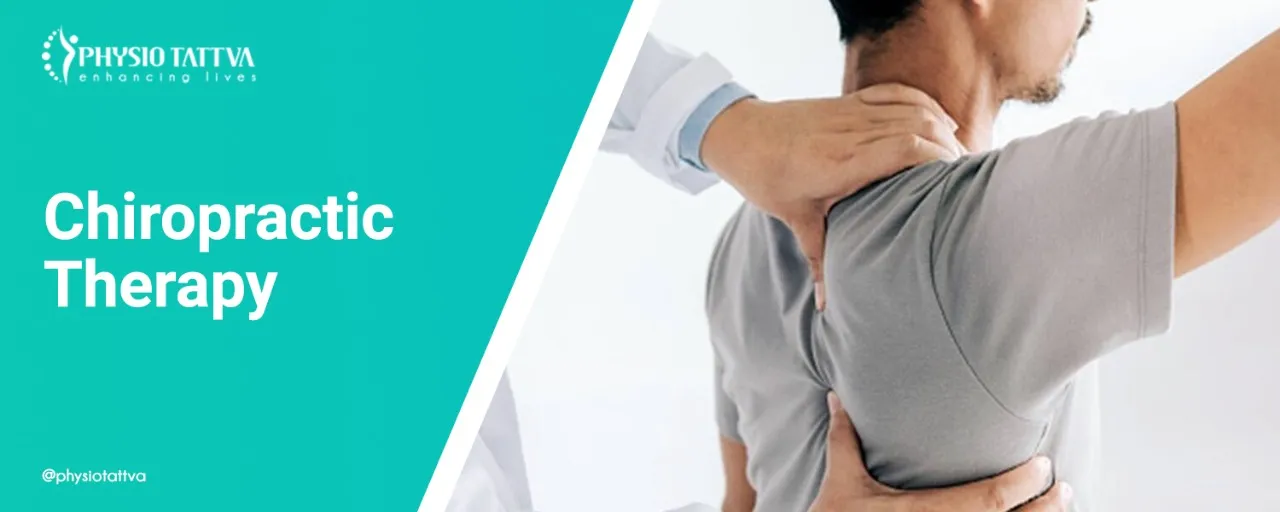
.webp)
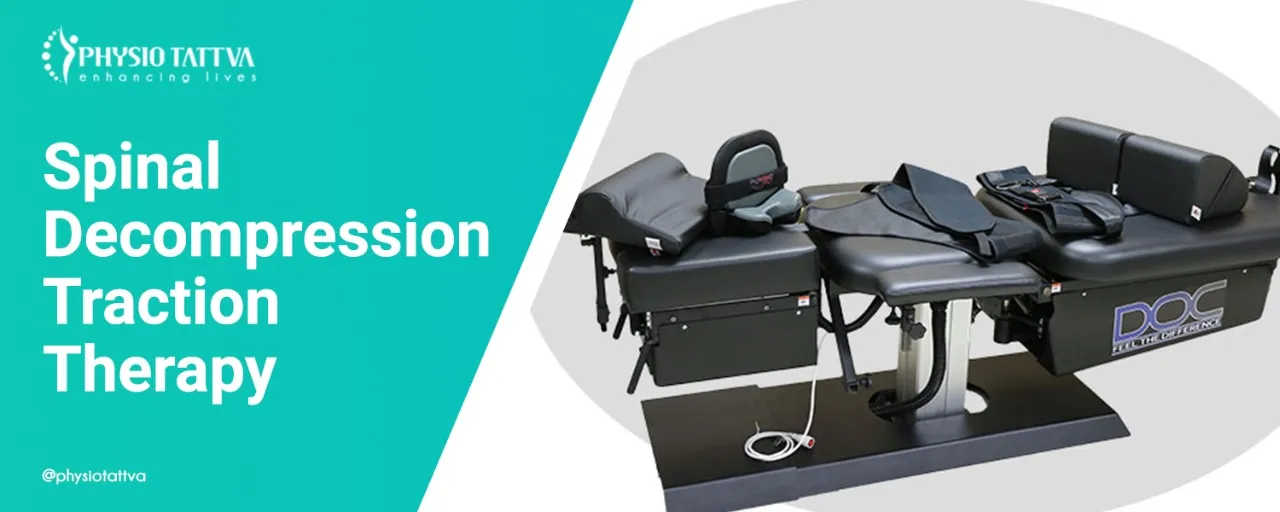
.webp)
.webp)
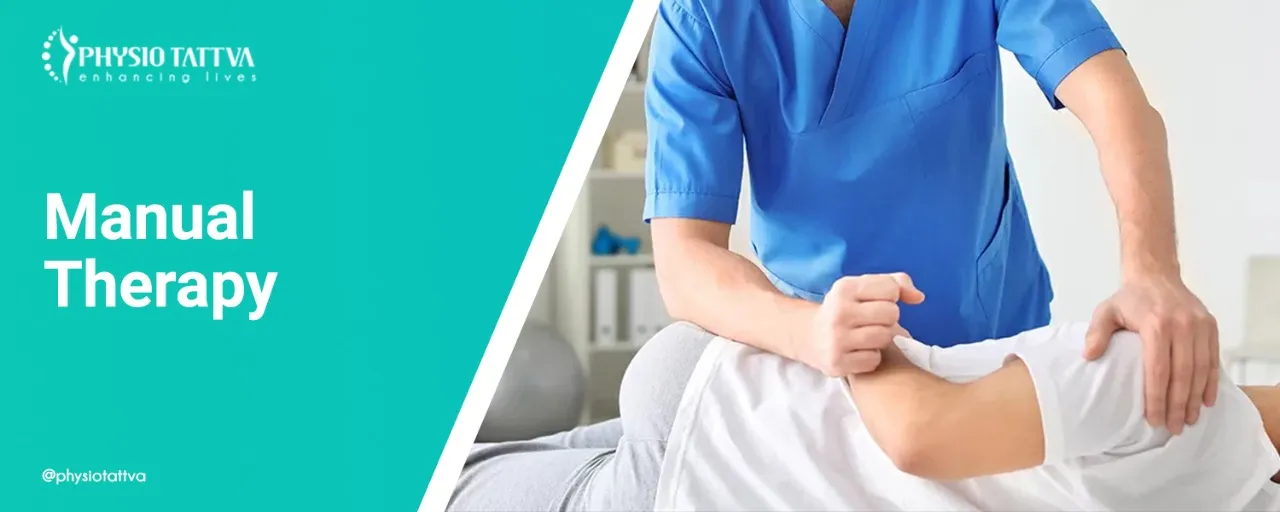
.webp)




.webp)


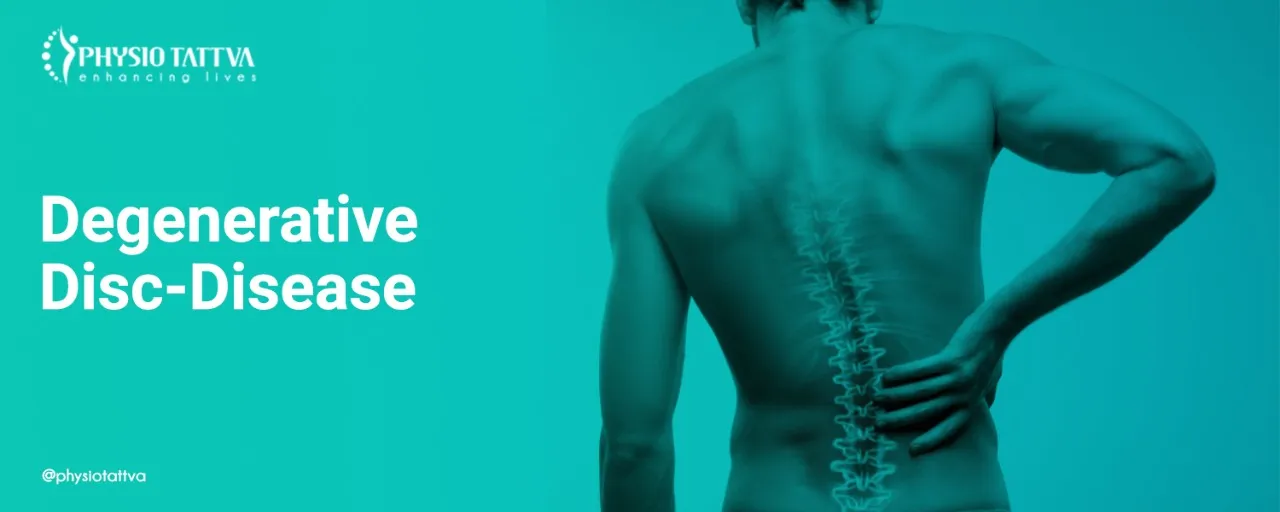
.webp)





.png)



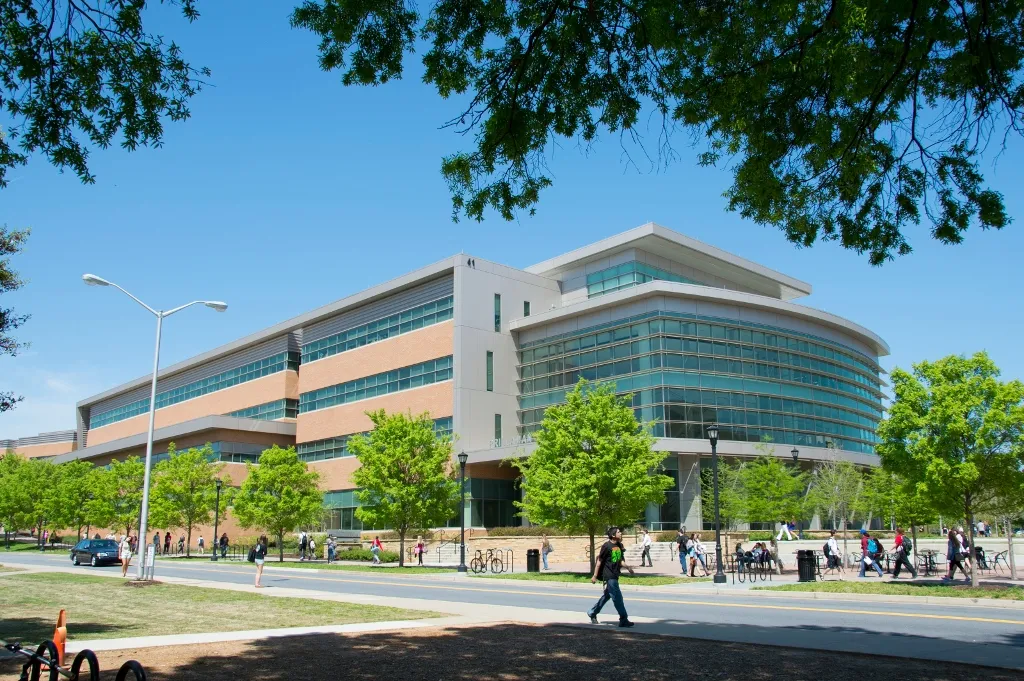



%20(1)-p-3200.jpeg)
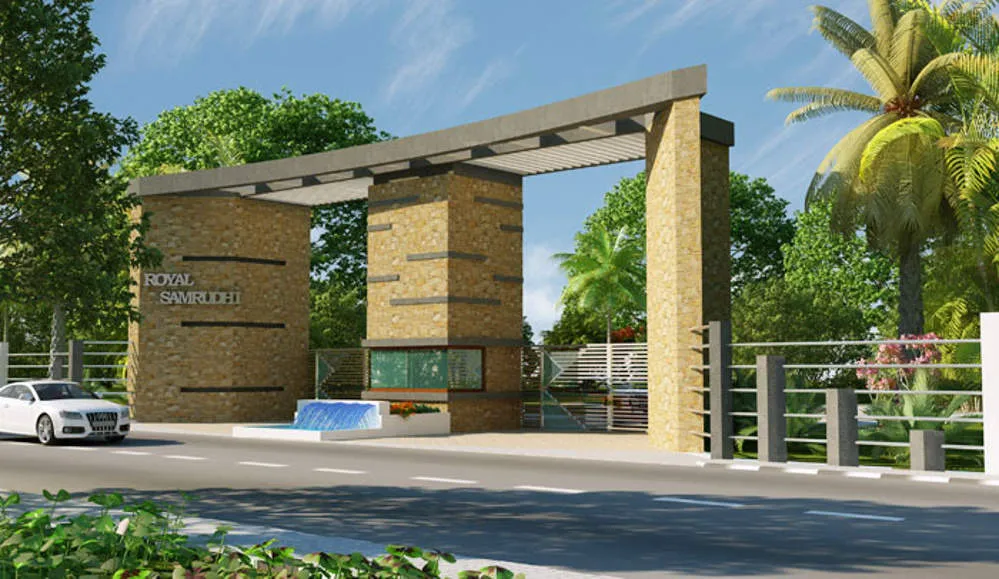

.jpg)
.webp)
.webp)
.webp)

